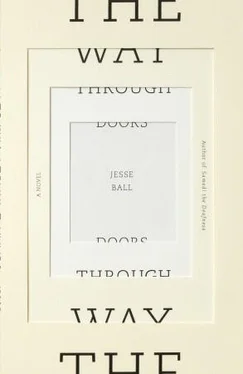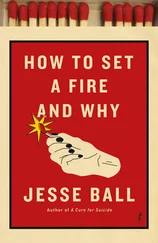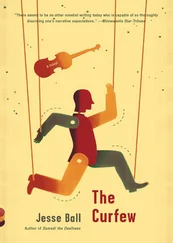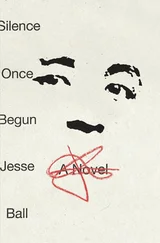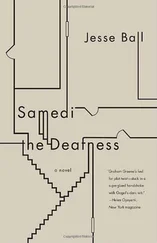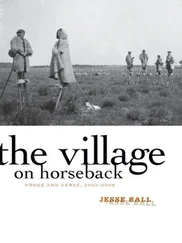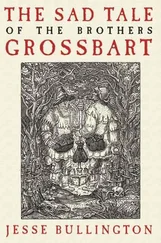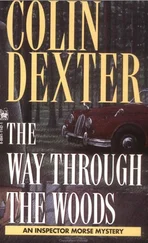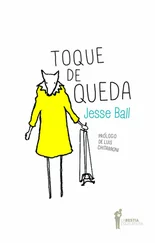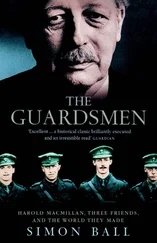However, a week later, when Mora drew her second drawing, it was no different from the first. It was, in fact, exactly the same as the first in every way. The drawings were immediately subject to intense scientific analysis. No two things in the world had ever been so precisely alike. They were shortly thereafter bought up by the government for a pittance.
This didn’t bother Mora. She continued to produce her drawings. They continued to be precisely the same, and the art community took them up with a glad fanfare. Someone else, a toady of hers, would number the drawings delicately at the bottom to indicate the date upon which they had been done.
Her fame grew. Her drawings sat upon the walls of the Metropolitan Museum, of the MoMA, of the Art Institute of Chicago, the Tate Modern, the Musée d’Orsay, the National Gallery, the Museo Nacional del Prado, the Smithsonian. Her fortune too was made, for after the sale of just a few she had made enough money to last her the rest of her life.
But Mora was a young woman. She had never really attended college, instead having been tutored privately by professors interested in her peculiar circumstances. This was an arrangement made for her by The New School in New York City. She lived in a flat on the Lower East Side, and finished a B.A. in Political Mythology in two years.
At the time of this article, a retrospective of her work, MORA KLEIN, the Architect of Similitude,is being shown at the Metropolitan Museum of Art. Tickets are $12 in addition to the ordinary donation fee. The museum’s hours are: Tuesday, Wednesday, Thursday, and Sunday from 9:30 a.m. to 5:30 p.m., Friday and Saturday from 9:30 a.m. to 9 p.m. The Metropolitan Museum is closed on Monday.

— Hmm, said Selah. So that’s what she does. No wonder I like her so much.
Wrapped up with the newspaper article there was a reel of 16mm film.
— We have to watch this somehow, said Selah.
— But how? asked the guess artist. There aren’t any projectors here.
Selah sat, thinking. The common room was very quiet. All around the floor were pieces of broken fiddles. The guess artist took something out of his pocket and wound it up. He let it go and it fluttered around the room before landing on the table in front of them. It was a mechanical bird.
— Cooo, it said.
— Where did you get that? asked Selah.
— Upstairs, said the guess artist.
— Cooo, said the mechanical bird again.
It flew up around the room once more, banged against the window, flew about, and landed on Selah’s shoulder.
— Anger is the artifice of the weak, it muttered into his ear. Only in cold quiet can a man do the true evil that is in his nature.
Selah slapped the bird off his shoulder. It bounced off a wall and was smashed to bits. Immediately the room was full of mechanical birds that flew about, their wings fluttering in the air. They were all muttering, all muttering about the same thing.
The guess artist took shelter beneath a table. But the municipal inspector stood up to better hear what was being said. He could make it out just barely, through their muttering repetitions and interventions.
— A man was building a bridge. It was the longest bridge he himself had ever seen, though perhaps it was not so long a bridge as might have been.
Another said,
— A bridge was in the midst of a man. It was a wild and unknown bridge and it despised everyone who passed across it. The man was a recreant miscreant with a deviant bent who lent himself easily to foul causes.
— Recreant deviant miscreant! called out another bird.
— What’s going on up there? asked the guess artist.
— They’re telling a story, said Selah.
Just then a bird flying incredibly fast fetched up against Selah’s head. He fell over onto the ground and lost consciousness. All the birds landed en masse around him and gathered close by his ears, continuing their muttering. The guess artist was afraid to come out for fear of what might happen, as the house had begun to shift and groan.
— We must be what was inside the wriggling box, he said quietly.
— I think I saw an old cinema a few buildings back, said Selah.
They ran away back down the staircase and out the door into the street. Sure enough, from the spot where a stone was thrown to, another stone might be thrown and strike a theater. The street was still empty. Into the theater. The theater was unlocked. The theater was empty. It was dark, and there were, as far as they could tell, no lights.
Selah found a ladder and clambered up. The guess artist made himself comfortable in some middle row, slightly left of center. The seats were of wood, but finely molded.
Up in the projection room, Selah threaded the film. There was a crank with many gears to turn it at a constant speed. Selah set himself to cranking. But there was no light. Behind him on the wall he saw a plate and a hook. He unhooked the plate and it slid away, revealing an aperture. Through it, tremendously focused light shot straight at the projector, and through the projector onto the far wall. Selah threw himself into the cranking, and upon the screen…
…an avenue could be seen wandering from left to right. It was full of people, walking as of an afternoon. In the foreground a man and woman were talking. Their voices could be heard easily, with or without sound.
The man was the pamphleteer. The woman was Sif.
— The restaurant is just here, around the corner, said Sif.
She was wearing an odd sort of dress called a clavier. It was very popular during the year 1918. Since then it has seen little use. Nonetheless, it was a fine outfit, and she looked a hell of a knockout. Especially since she was vexed, and therefore not a little ferocious, and in old movies, being vexed and ferocious always adds a certain degree of attraction to the countenance of a woman.
— I’m sorry I was late, said the pamphleteer. I was one of the riders on the Pony Express and I was waylaid by Indians.
— That is obviously a lie, said Sif. Anyway, if you really had been waylaid by Indians or Native Americans, and taken back to their village and allowed to live there in their midst as one of them, the fact of the matter is that you probably would not have come back. Statistical evidence proves that most of the whites who were brought into the Native American way of life did not want to return to the settlers’ villages. Whereas Native American prisoners in the colonies took every opportunity to escape or even kill themselves.
— Hmm, said the pamphleteer. That’s something to consider.
They had reached the restaurant. It said TUNISIAN IMPORTS on the front. They went inside. There were stacks of presumably Tunisian goods of every kind, some in barrels, others in glass bottles, others in short casks. There were no tables or chairs. A man was sitting on a stool behind a counter. He had a cigar box full of cash and an abacus.
— We’re here, said Sif. Reservation for Aloud. Sif Aloud. Table for two.
— This way, mademoiselle, said the man.
In the back of the store, through a door behind the counter, was a small room with a single table and two chairs. There were candles lit on the table. The sound of a classical guitar being played somewhat inadequately was coming quietly from somewhere above.
They sat.
— Do you remember the first time we met? asked Sif.
— I’m not sure, said the pamphleteer. Was it on the docks when the city was being evacuated?
— No, said Sif. That must have been some other girl.
— I’m sure it was you, said the pamphleteer. You weren’t wearing any underthings, and we went into the shadow of the trees and…
Читать дальше
